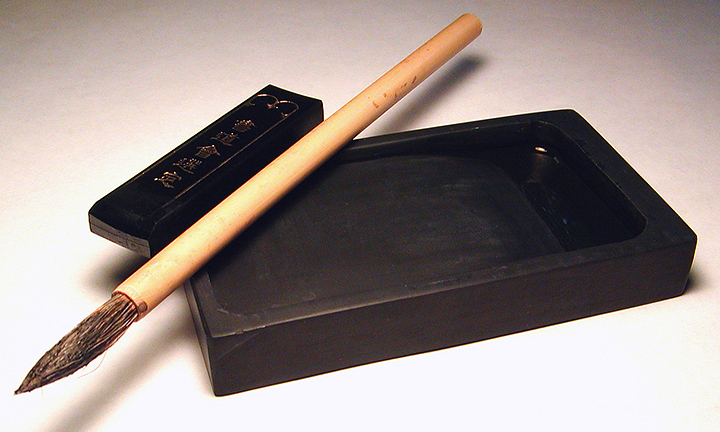It has been over two years since I graduated from OCAD U and crated “Reclaiming the Body”. I used Sumi-e ink to create my series which became my thesis. Each work is detailed; it seems more like a watercolour than an ink painting. Since finishing and continuing my research on my materials I have begun to teach myself Sumi-E.
Sumi-e,
means ink picture in the most simple translation. The painting style embodies the Japanese Zen
ideal of simplicity. The materials are
even simplistic. All you need is a brush, ink, ink stone and some paper
(preferably absorbent rice paper). Another portion of this art form is Shodo
which is calligraphy. Small stories, poems, or even a short saying are added to
works occasionally.
The
main part of this art form is the Ink and ink stone, as any brush can be used
(I prefer Chinese brushes or sable though because of their ability to hold alot
of paint/ink). The ink is in the form of
a stick which is ground on the ink stone with a touch of water. Both come in
various forms from very ornate to basic stick and stone form.
The
paper can cause some headaches; it’s fragile and super absorbent. You have to
let go of control when painting on rice paper or else you will be setting yourself
up for failure. Of course this medium can be used on any surface if you desire.
Watercolour paper is just as absorbent
but acts differently. Even contemporary
Sumi-E artists utilize alternative papers for the different feel and look which
the paper allows for.





